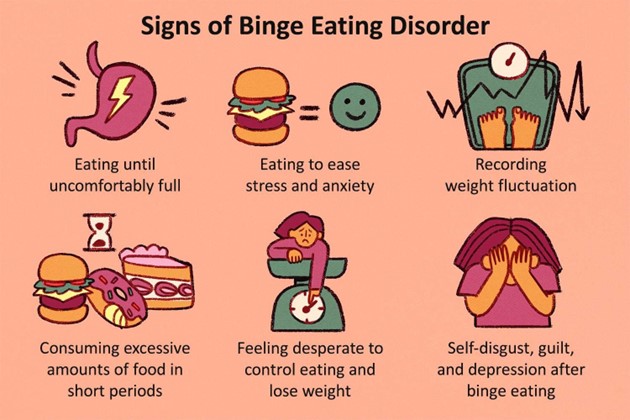A nurse is collecting data from a client who is admitted to undergo a left lobectomy to treat lung cancer. The client tells the nurse that she is scared and wishes she had never smoked. Which of the following responses should the nurse make?
"It's okay to feel afraid. Let's talk about what you are afraid of."
"Your doctor is a great surgeon. You will be fine."
"Don't worry. The important thing is you have now quit smoking."
"I understand your fears. I was a smoker also."
The Correct Answer is A
The nurse should acknowledge and validate the client's feelings by saying, "It's okay to feel afraid. Let's talk about what you are afraid of." This response demonstrates empathy and encourages the client to express their concerns and feelings.
Choice B, "Your doctor is a great surgeon. You will be fine," dismisses the client's feelings and may increase their anxiety.
Choice C, "Don't worry. The important thing is you have now quit smoking," minimizes the seriousness of the procedure and the client's potential risks.
Choice D, "I understand your fears. I was a smoker also," shifts the focus from the client to the nurse and is not an effective way to provide emotional support for the client.
Nursing Test Bank
Naxlex Comprehensive Predictor Exams
Related Questions
Correct Answer is ["A","B","D"]
Explanation
A nurse discussing comorbidities associated with eating disorders with a newly licensed nurse should include depression, anxiety, and obsessive-compulsive disorder (OCD) in the discussion. Clients who have eating disorders often have comorbid psychiatric conditions.

Depression and anxiety are two common conditions among clients with eating disorders. OCD is another condition that is often associated with eating disorders. Clients with OCD may have obsessive thoughts about food intake, weight, and body image. These clients may also engage in compulsive behaviors related to eating, such as calorie counting or food restriction. Options C and E are incorrect because breathing-related sleep disorders and schizophrenia are not typically associated with eating disorders.
Correct Answer is B
Explanation
Increasing feelings of anger are a common symptom of PTSD after a sexual assault, as survivors may feel violated, powerless, or betrayed by the perpetrator or others. Anger can also be a way of coping with fear, anxiety, or guilt that may arise from the trauma.
Choice A is not correct because the increasing sense of attachment to others is not a typical response to sexual assault. Survivors may experience difficulties in trusting or relating to others, especially those who remind them of the assault or who do not support them.
Choice C is not correct because the constant need to talk about the event is not a characteristic of PTSD. Survivors may avoid thinking or talking about the trauma, as it can trigger distressing emotions or memories. Some survivors may choose to share their experiences with others, but this does not indicate PTSD.
Choice D is not correct because sleeping 12 hr or more each day is not an expected finding of PTSD after a sexual assault. Survivors may have trouble falling or staying asleep, or experience nightmares or flashbacks that disrupt their sleep quality. Sleeping too much can also be a sign of depression, which can co-occur with PTSD.
Whether you are a student looking to ace your exams or a practicing nurse seeking to enhance your expertise , our nursing education contents will empower you with the confidence and competence to make a difference in the lives of patients and become a respected leader in the healthcare field.
Visit Naxlex, invest in your future and unlock endless possibilities with our unparalleled nursing education contents today
Report Wrong Answer on the Current Question
Do you disagree with the answer? If yes, what is your expected answer? Explain.
Kindly be descriptive with the issue you are facing.
